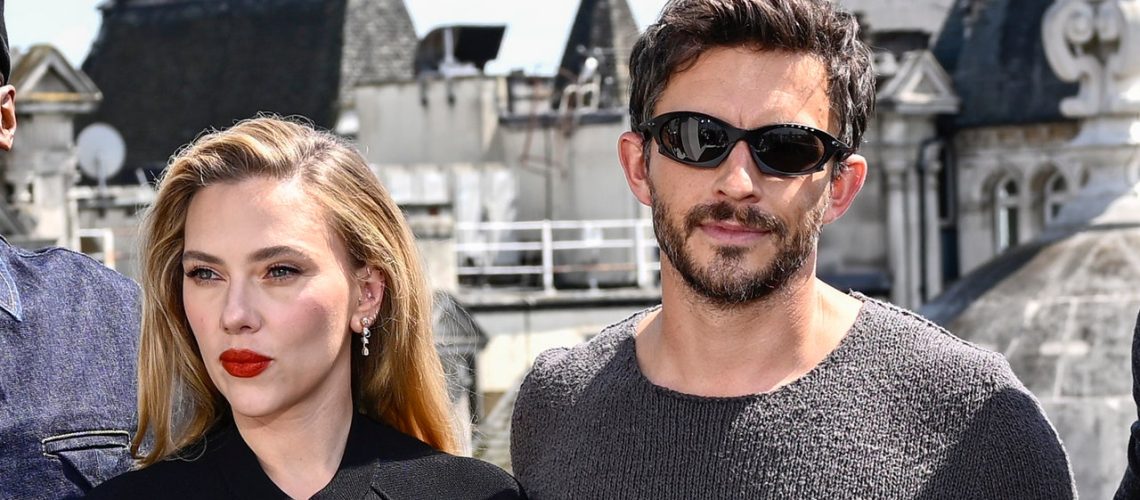Of course, what was (in this writer’s view) a lovely, smart-casual outfit had to spark debate. Some got the ick (“I don’t wanna see an exposed unpainted toenail,” said Vogue’s Olivia Allen), some encouraged it (“give the people feet content for free!” said my colleague Joris Hendrik) and some outright rejected the combination (“no one’s outfit has ever been improved by a flip flop,” commented an anonymous Vogue editor). But I couldn’t help but wonder: what is about the humble flip-flop that gets everyone talking?
I would guess it has very little to actually do with fashion but everything to do with control. In particular, when it comes to men’s clothing (please don’t quote me ever defending men, but here I go anyway), we live in a time where society is obsessed with rigidity, conformity and policing each other. The goal posts of what is “socially acceptable” is constantly being moved. And, flip-flops, with their freewheeling spirit, are the antithesis of that conservatism. Perhaps it’s also envy. Only those who are so secure in themselves would stride into a press conference for their $180 million film with their toes out. And this self-assuredness drives those of us who are not yet brave enough crazy.
Anyway, Jonathan Bailey is hardly the first man to get his feet out. Matthew McConaughey did it with a sarong in 2001. David Beckham wore flip flops to his own film premiere in 2004. We didn’t crumble as a society then, and we won’t now.

J. Vespa

Lalo Yasky
And, perhaps most importantly, as my colleague Zee Waraich puts it, “[baggy jeans and flip flops] are just what you wear in most parts of Asia. It’s interesting that it’s become a sign of a fashion-forward man taking a risk when many people of colour have been racialised for it.”
Quite frankly, I’m here for it. If men embracing flip-flops means they finally start getting pedicures, we all win. The world has bigger problems than a visible toe.















